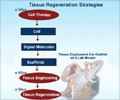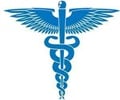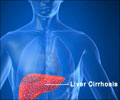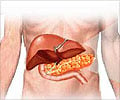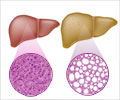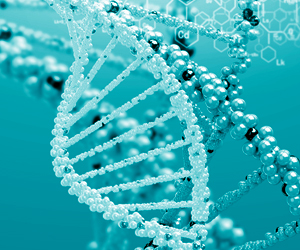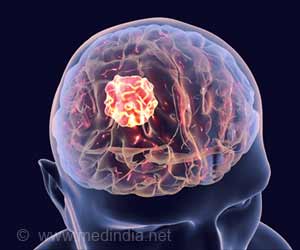Barrier broken in developing regenerative treatments for diabetes and liver disease with a method to produce medically handy amounts of endoderm cells from human pluripotent stem cells.

The research focused on the process of using pluripotent stem cells (PSC) to generate endoderm cells, one of the three primary germ layers which form internal organs including the lungs, pancreas, and liver. The ability to differentiate, or transform, PSCs into endoderm cells is a vital step to developing regenerative treatments for these organs.
"In order to produce the amount of endoderm cells needed for treatments it is important to understand how cells behave in larger numbers, for example how many are lost during the differentiation process and if all the cells will differentiate into the desired types," said Ungrin.
The team stained cells with fluorescent dye and as the cells divided, the dye was shared equally between the divided cells. By measuring the fluorescence of cell populations at a later stage the team were able to work out the frequency of cell division, which allowed them to predict how many cells would be present in a population at any given time.
This technique allowed the team to detect cell inefficiencies and develop a new understanding of the underlying cell biology during the differentiation of PSCs. This allowed the team to increase effective cell production 35 fold.
"Our results showed significant increases in the amount of endoderm cells generated," said Ungrin. "This new concept allows us to scale up the production of useful cells, while ensuring PSC survival and effective differentiation."
Advertisement
"Most research in this field focuses on the purity of generated cell populations; the efficiency of differentiation goes unreported," concluded Dr Ungrin. "However our research provides an important template for future studies of pluripotent stem cells, particularly where cells will need to be produced in quantity for medical or industrial uses."
Advertisement

